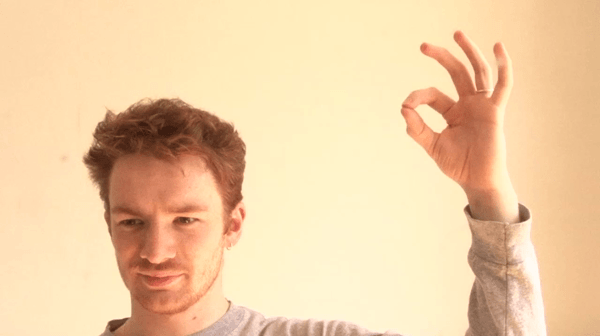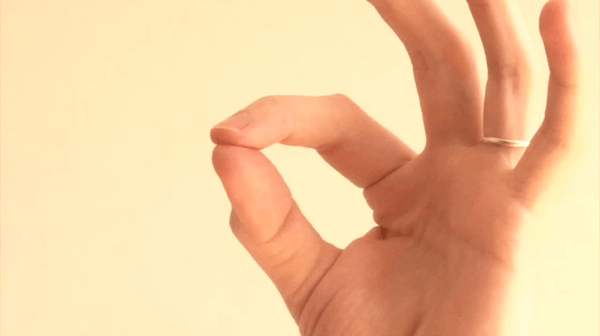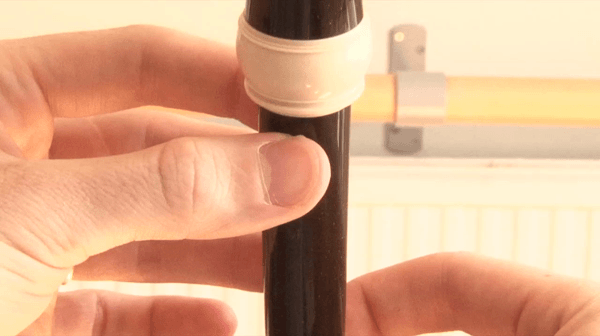
This Week - 2nd February
Friday 22nd May (it's a bit late I know - took longer than I expected...)
Ronde
- Work slowly and practice it bit by bit.
- Learn the rhythms first.
- Practice the tricky bits
- Follow the tutorial video. Keep pausing to practice, don't try to do it all at once!
- Can you play it all the way through without the letters?
- When you can play it slowly and neatly, start speeding up!
- Record yourself in BandLab - more information here.
Friday 22nd May (it's a bit late I know - took longer than I expected...)
Ronde
- Work slowly and practice it bit by bit.
- Learn the rhythms first.
- Practice the tricky bits
- Follow the tutorial video. Keep pausing to practice, don't try to do it all at once!
- Can you play it all the way through without the letters?
- When you can play it slowly and neatly, start speeding up!
- Record yourself in BandLab - more information here.
Friday 22nd May (it's a bit late I know - took longer than I expected...)
Ronde
- Work slowly and practice it bit by bit.
- Learn the rhythms first.
- Practice the tricky bits
- Follow the tutorial video. Keep pausing to practice, don't try to do it all at once!
- Can you play it all the way through without the letters?
- When you can play it slowly and neatly, start speeding up!
- Record yourself in BandLab - more information here.
1. Hand position
1. Hand position
1. Hand position
2. First 3 notes: G A B
2. First 3 notes: G A B
2. First 3 notes: G A B
This Week - 18th January / 22nd January
This Week - 26th January
This Week - 26th January
This Week - 26th January
This Week - 26th January
3. Tonguing
3. Tonguing
3. Tonguing
4. Changing notes
4. Changing notes
4. Changing notes
Brecknock & Torriano
Primary Federation
Coleridge Primary
Orchestra
Compositions from the CLC
Fleet Primary
Brass
How to play high E
(In great detail !)
To play notes higher than high D, you need to learn a special new technique.
This involves opening the thumb hole a bit to deliberately make it leak.
Some people call this 'pinching' but because that sounds as if you have to
press quite hard (you don't) we're going to call it 'thumb bending'.
All the high notes need this technique and the higher you get, the more important it is that you
learn to do it properly. There are quite a lot of instructions - maybe read them through with a parent...

1. Get your hand position right first!
Your hands should look like this:


Fingers flat, wrists high, with the edges of your thumbs covering the thumb hole and supporting your recorder.
If you hold your recorder up to your nose, you should be able to see through the holes in your hands like a pair of binoculars.

To find the right bit of your thumb, try tapping your forefinger against your thumb without looking at it

Now look at where you're tapping. That's the bit that should be covering the thumb hole.

2. Playing high E
Finger a low E:
Don't forget the hand position.
If your thumb's not used to being like that,
it will feel a bit weird at first.
Check it's not leaking and the low E is still working. It should sound like this:

Now just bend your thumb a bit at the knuckle. The inside edge of the nail will slide across the thumb hole, opening up a small gap so the air can leak out. Don't 'dig it in', squeeze or press - keep it gentle and relaxed.

When you play the note (remember to start it with your tongue) it should sound like this:

You don't need to blow any harder than for a low E. Slide your thumb back over the hole and compare the two. Can you hear how although one is much higher than the other, they still sound kind of the same? This is what they sound like played together at the same time:

(You'd need 2 people to do this obviously!)
Play a low E - leave a space - play a high E. Keep doing it until it works.

Now try these exercises:
3. Exercises
Playing high E on its own is quite easy. Playing it next to other notes takes a bit of practice.
Try these:
A: Just low Es
4 crotchets then a 4 beat rest, repeat a few times while checking your perfect hand position.
Think about your thumbs!

B: Just high Es
Bend your thumb at the knuckle so your nail slides over the hole. Don't squeeze!

C: Alternate low E and high E

Bend your thumb and straighten it, so it slides backwards and forwards across the hole.
It's a tiny movement.

D: Alternate low E and high D
No high Es in this one - don't lift your fingers too high, keep your thumb in it's normal position.

E: Alternate high E and high D
Keep your thumb bent. No need to straighten it when you're playing the D.

F: Alternate high D and high E
It's a bit harder this way round

G: C - D - E - D

Now try an E minor scale....
E minor scale
Going up (ascending)...
%20minor.png)
...and coming down (descending).
%20minor.png)
Actually there are several types of minor scale. This one's full name is 'E natural minor'.
(If you want to sound really clever, call it an 'Aeolian mode'!)
